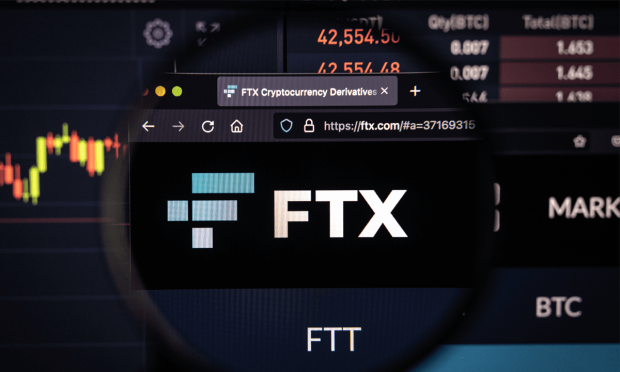FTX CEO’s Testimony and Restructuring Plan: 5 Things to Know

FTX’s caretaker CEO is offerings fresh insights hours after the bankrupt exchange’s former CEO was arrested.
Sam Bankman-Fried’s (SBF’s) appointed successor, John J. Ray III, is appearing before the House Financial Services Committee (HFSC) to provide testimony into how SBF and his tight-knit group of lieutenants ran what was once a $32 billion cryptocurrency business into the ground, harming over 1 million customers along the way and sending tremors throughout the entire cryptocurrency industry.
SBF’s arrest precludes his scheduled appearance at the House hearing, the will-he or won’t-he drama which captured the public interest as it unfolded over Twitter.
House and Senate lawmakers are holding back-to-back hearings this week titled, respectively, “Investigating the Collapse of FTX, Part I,” and “Crypto Crash: Why the FTX Bubble Burst and the Harm to Consumers.”
John J. Ray’s Testimony
The newly-installed FTX CEO, best known for his successful unwinding of Enron, has released prepared testimony before his appearance at the House hearing. It paints a reassuring picture of professional leadership helming the cleanup of a business that had previously been run for years by an insular group of “cool kids” who enjoyed widespread support and backing from Silicon Valley, Washington and the mainstream media.
“The FTX Group’s collapse appears to stem from the absolute concentration of control in the hands of a very small group of grossly inexperienced and unsophisticated individuals who failed to implement virtually any of the systems or controls that are necessary for a company that is entrusted with other people’s money or assets,” Ray said.
Ray goes on to outline the unacceptable practices at FTX group, the majority of which represent an eye-popping lack of oversight for a multibillion-dollar international business.
He also unveiled a new plan outlining the five things that are known regarding the company’s collapse and the five things he and his team of restructuring experts hope to accomplish through the bankruptcy process.
The Ray Plan
The known failings of FTX are as given: Customer assets from FTX were commingled with assets from Alameda Research, allowing Alameda to undertake margin trades with client funds — exposing them to massive losses which were eventually realized. Separately, between 2021 and 2022, FTX spent around $5 billion buying an array of businesses and other venture investments, the lion’s share of which have underperformed and are now worth a fraction of their original cost.
While this was going on, FTX also made loans to its own employees totaling $4.1 billion. Ray additionally hammered home an overarching point that the cryptocurrency landscape is inherently volatile, and Alameda Research’s relationship as a market maker exposed the company to critical engagements with a variety of unsafe third-party exchanges domiciled in lax regulatory environments with almost zero protections.
Ray’s recovery plan has five objectives. The first is to implement some sense of controls involving accounting, audit, cash management, HR, risk management, and other operational processes and systems that did not exist in FTX prior to Ray’s appointment to the CEO position.
The company has since hired a team of outside professionals to fill these roles, as well as engaged on a contract basis numerous industry experts and advisors with experience managing large-scale failures.
The second key objective is what many think of when they hear the word “bankruptcy” — namely, locating, securing and recovering the FTX estate’s assets, many of which are missing, misappropriated or simply not accounted for due to a well-reported lack of reliable record keeping. Ray and his team indicated they have already secured more than $1 billion of digital assets.
The third, mission-critical goal of Ray’s investigation, he said, is being led by top law firm Sullivan & Cromwell and is centered on providing an evidence-based foundation of understanding that provably and precisely shows what led to FTX’s collapse. Throughout the entire process, Ray and his team will be coordinating with the far-flung jurisdictions that FTX’s more than 100 subsidiaries operated within.
The final piece of Ray’s plan is to maximize any remaining or potential value for stakeholders and creditors of the company through the reorganization or sale of the company’s enterprise family of property, investments and assets.
To be sure, Ray is starting at near-zero as he simultaneously works to untangle the pre-crash quagmire and post-collapse fallout. His insights and testimony stand as the lone sources of reliable information surrounding one of the nation’s biggest financial failures.
For all PYMNTS crypto coverage, subscribe to the daily Crypto Newsletter.
